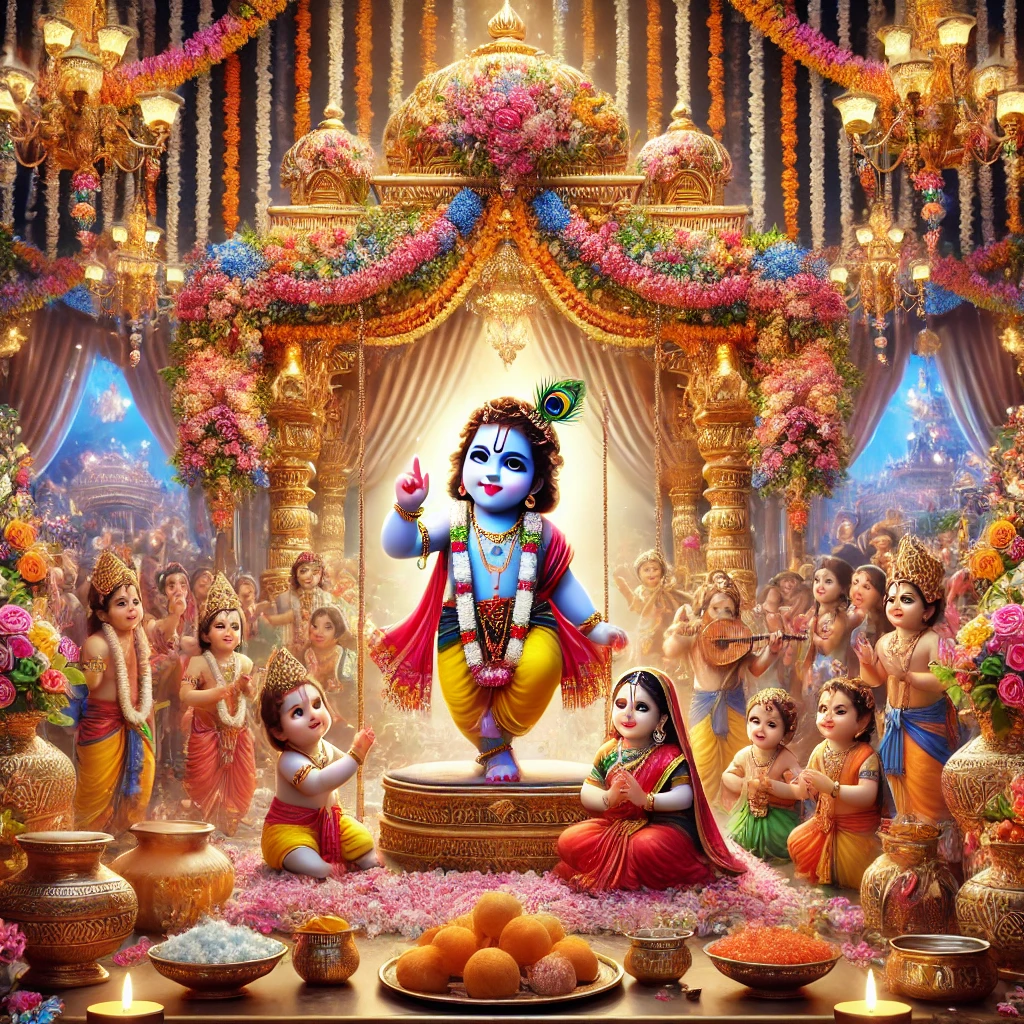
Janmashtami Special: Somewhere a statue made of 1280 kg gold and somewhere else a statue of Krishna with a moustache was seen, different statues of Krishna were seen on the day of Janmashtami.
Special things about the statue.
The statue of Banke Bihari in Banke Bihari Temple Vrindavan (Uttar Pradesh) is black in colour and Radha is also seen in it. Banke Bihari is in Tribhanga form i.e. his head, waist and legs are bent.
Thakur Shri Radha Sneh Biharo.
Every year only on Akshaya Tritiya, the feet of Banke Bihari are seen. The flute is shown in Banke Bihari's hand only on Sharad Purnima.
Historical facts.
The famous saint, poet and musician of the 15th century Swami Haridas first described this statue when this statue was in Nidhivan. In 1864, Haridas' disciple Jagannath Das built the Banke-Bihari temple and the statue was placed there and the current structure of the temple was completed in 1917.
Banshidhar Temple Untari, Garhwa (Jharkhand).
The special thing about this statue is that the statue of Banshidhar seated on a lotus with 24 buds made from the hood of Sheshnag is one of the most valuable Krishna statues in the world. The statue of Banshidhar is visible 4-5 feet above the ground, but the part with Sheshnag is buried inside the ground.
This statue is made of 1280 kg i.e. 13 quintals of gold. The current price of gold alone is about 850 crores rupees. Its antique value will be much more than this.
Its historical facts are such that the exact origin of this idol is not known. In 1827, Queen Shivmani Kunwar of Untari royal family found this idol during excavation on the banks of river Kanhar. In 1828, it was installed in the temple. Along with Banshidhar, there is also an Ashtadhatu idol of Radha brought from Varanasi.
Shri Krishna Janmabhoomi Mathura (Uttar Pradesh).
This idol is in Uttar Pradesh, Bal Gopal is seated in the sanctum sanctorum of the temple and Janmashtami is celebrated as the biggest festival here.
The special thing about it is that a big idol of Radha and Krishna is also installed in the temple. Here Shri Krishna is seen in white color and has a flute in his hands. In Dwapar Yuga, Kansa had imprisoned Devaki and Vasudev in the prison of Mathura, at that time Lord Vishnu took the eighth incarnation in the form of Shri Krishna from the womb of Devaki.
Chittorgarh (Rajasthan).
The special features of the Rajasthan statue include that in the temple, Shri Krishna is worshipped as Saawariya Seth, but here the black coloured statue of the Lord is installed, the Lord's big eyes are visible. Saawariya has a flute in his hands.
According to mysologist Devdutt Patnaik.
500 years ago, the Mughals dominated North India. During that time, devotional worship flourished in the entire India. In different places, people described Krishna as a divine form and wrote about his works.
In Bengal's Bal Poya, Krishna is called Keshti and because of Chaitanya Maharambhu, Krishna's Murlidhar image became popular. Actually, in Assam's Shankardev tradition, Krishna is called Madhya and in ancient Tamil literature, there is mention of a Yala deity named Maan.
In Karnataka, Krishna is worshipped as Magyar Krishna. In Kerala, he is worshipped as Gurunasur.
In Barpur, Maharashtra, Krishna is worshipped as Vidul with Rakhumai i.e. Rukmini. Sade is seen on Vihut bricks.
In Andhra Pradesh, Tirupati's Barturbhuj resembles Vishnu, but it is called Srid Gopal.
In a Chiral temple in Chennai, Krishna is called Dharmasarami. The image of Palivarchi is huge and has a moustache.


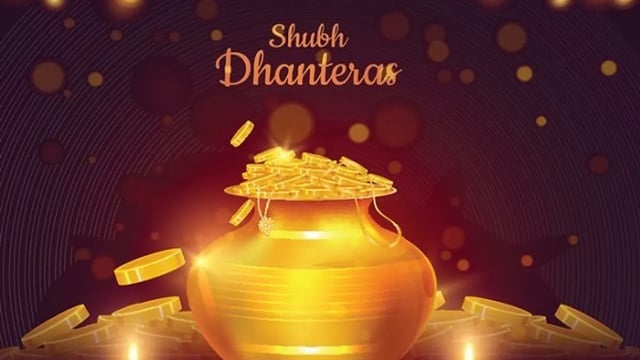
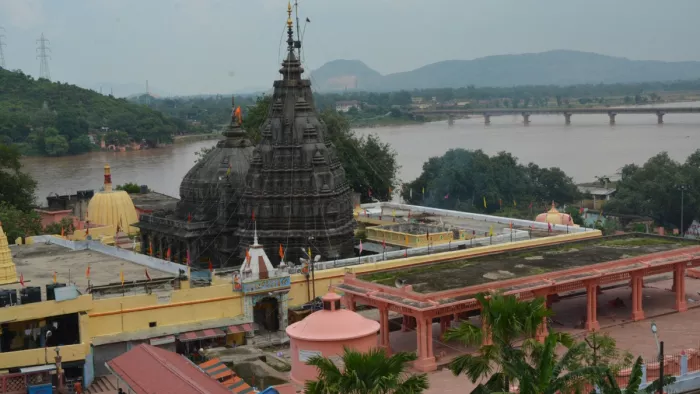
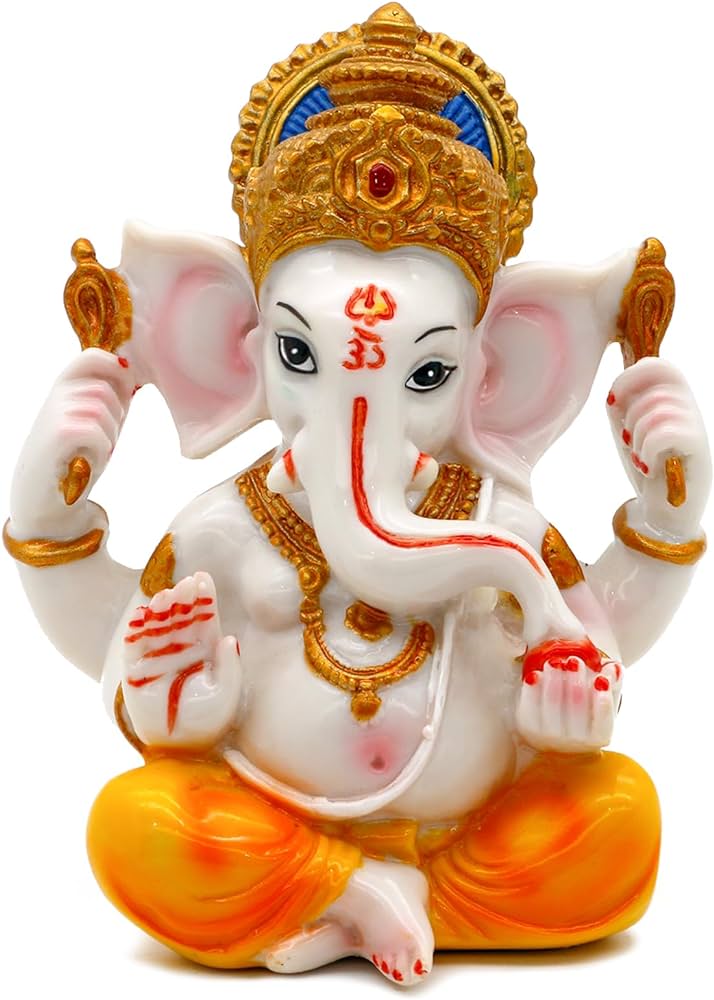
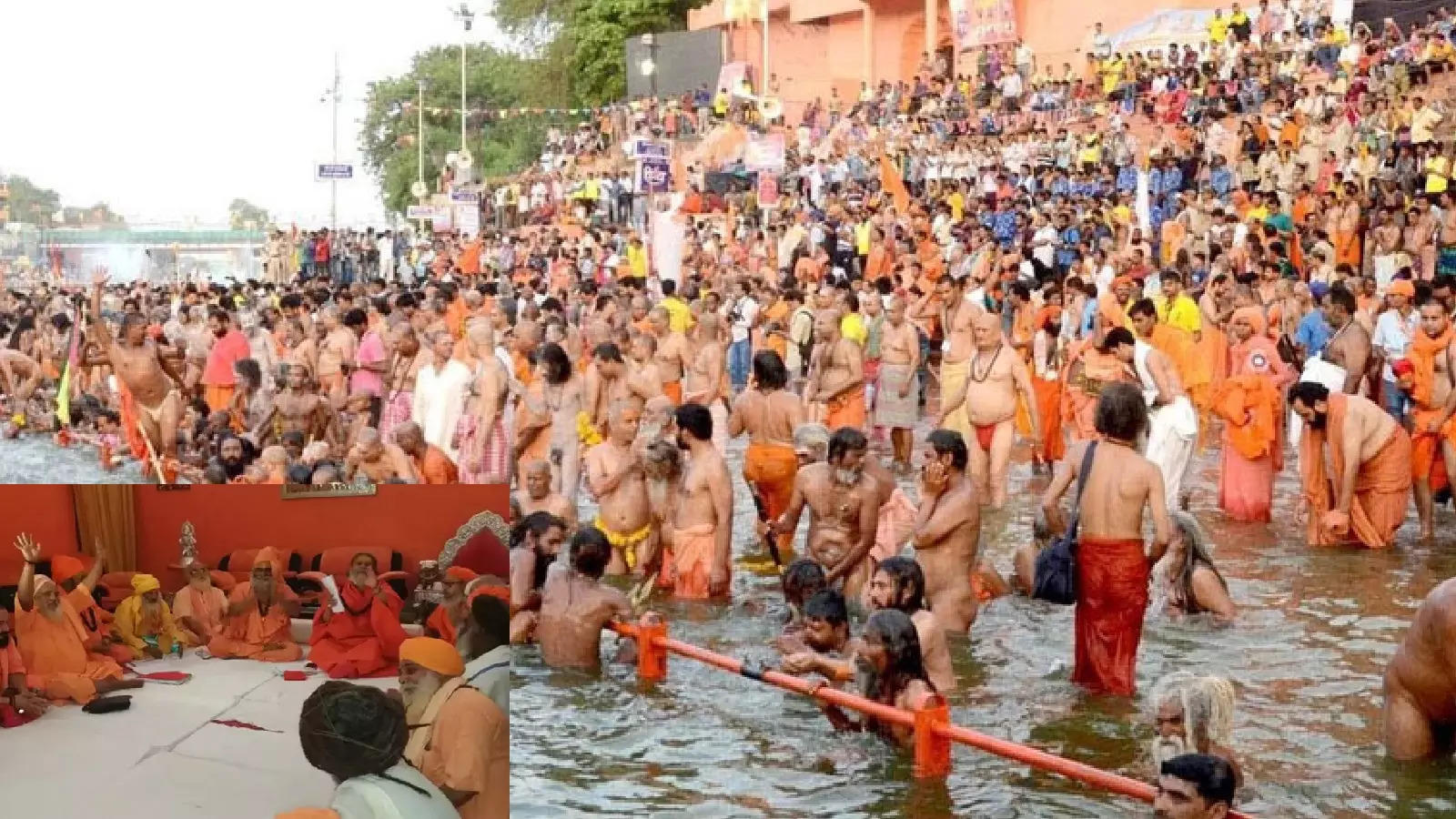
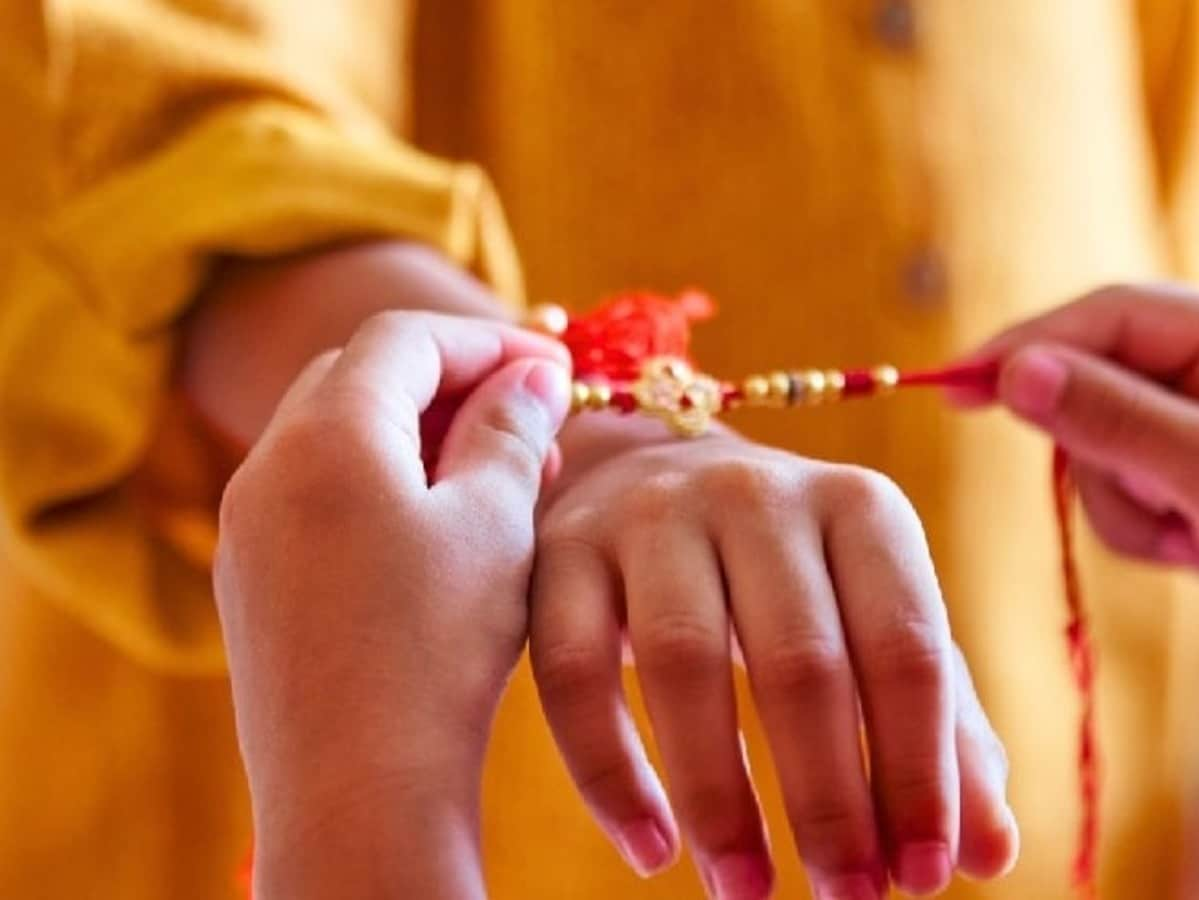
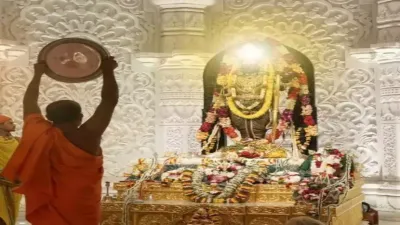
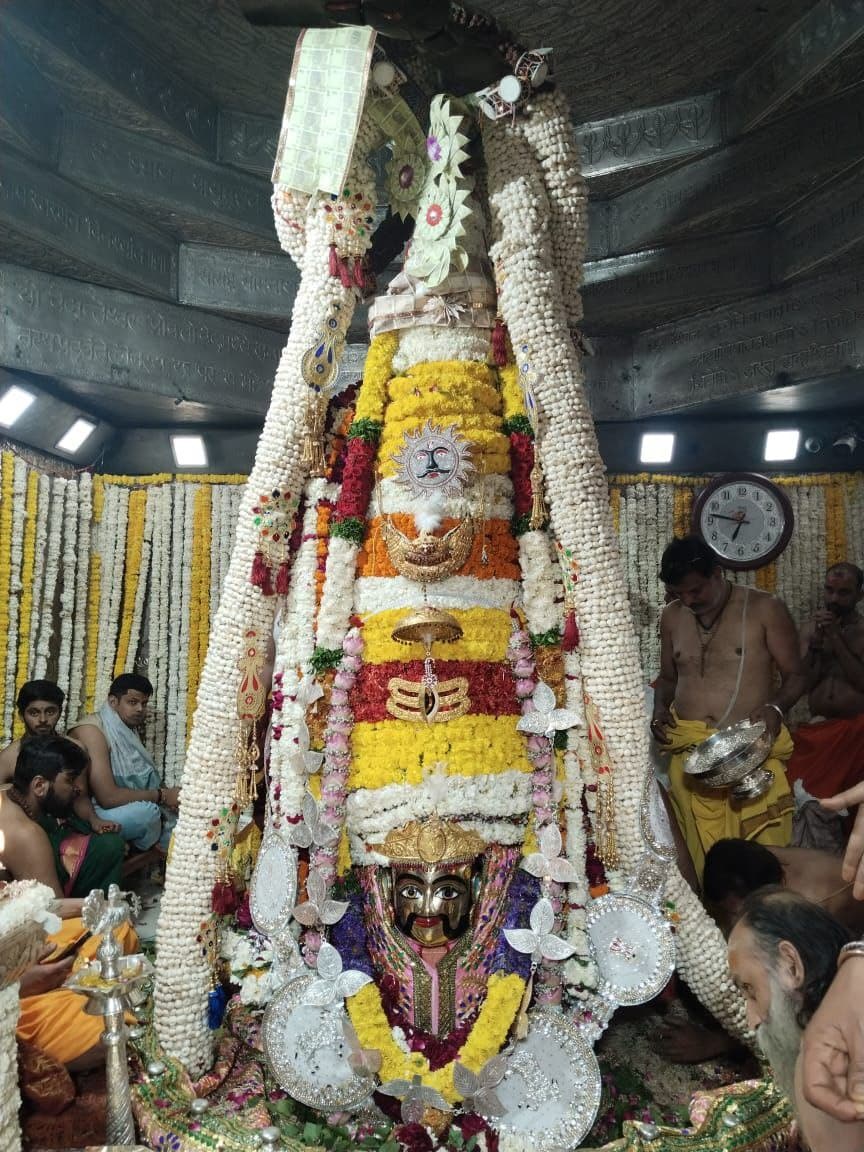
Comments
LEAVE A REPLY
Your email address will not be published